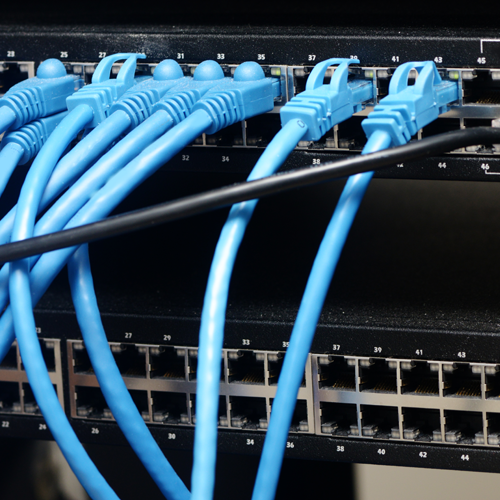A closer look at Copper Switchoff in Europe

Benefits for the environment, society, consumers, investors and operators include reduced CO2 emissions, increased energy efficiency, an economic boost, improved investment propositions, enhanced network reliability, and numerous consumer benefits. Besides these benefits, the FTTH Council study uncovered several interesting drivers and recommendations.

VINCENT GARNIER
Director General of the FTTH Council Europe
“Copper switch-off drivers throughout Europe differ, but overall, we would like to highlight several specific points,” explains Vincent Garnier, Director General of the FTTH Council Europe. “While in some countries, fibre migration has been supported by intense competition in fibre-based broadband services and the popularity of ultrafast broadband and pay-TV multi-play offers, the main motivation seems to be the willingness to achieve network operation efficiency by migrating from copper networks to a more cost-effective, reliable fibre network.”
“Absence of active equipment in the outside plant for fibre networks reduces the possibility of service disruptions due to power outages or active equipment failure making them far more reliable than copper-based alternatives. A more reliable network requires fewer field support staff and less travel to network locations to carry out maintenance/repairs. This, in turn, results in a decrease of costs to run and operate the networks. In addition, we see a recent awareness that the shutoff of legacy networks and transition to fibre has the potential to significantly contribute to the objectives of the Green Deal and serve as an enabler of the digital transformation towards a sustainable economy. More and more operators are voluntarily making commitments to become carbon-neutral on the long term. We believe that copper switch-off and the transition to full fibre, which is a more environmentally friendly network infrastructure, will be a key contributor to this objective.”
In certain countries that are well equipped to commence their transition from copper to fibre, regulatory factors such as long notice periods for legacy network operators to switch off copper, or associated wholesaling requirements for the closure of copper exchanges, may have contributed to delays. The FTTH Council Europe’s study provides policymakers with a substantial list of regulatory recommendations on how they can boost and accelerating Europe’s migration to fibre.
“We encourage policymakers, among other things, to promote infrastructure competition through incentivising fibre deployment by former incumbents and alternative investors. Considering that PSTN (public switched telephone network) switch-off seems to have a positive impact on migration to fibre, we would recommend Member States and regulators to speed-up this process. We would also suggest sending appropriate pricing signals to encourage migration from copper to fibre. Campaigns can be rolled out to inform end-users about the benefits of fibre and acting against misleading fibre advertising. Easing and accompanying the process of phasing out legacy equipment is also recommended.”
“A former incumbent operator that has rolled out fibre will obviously have no interest in keeping two parallel networks up and running at the same time. This is in itself a major incentive to copper switch-off, however sometimes the process is not so smooth. We would encourage operators to provide ‘plug and play’ solutions, which support legacy equipment, and avoid the need for engineer intervention. We would also suggest they provide business end-users with bespoke support to facilitate migration of legacy equipment onto modern IP and/or mobile solutions.”
The study Copper switch-off - European experience and practical considerations by WIK for the FTTH Council Europe can be found here.






